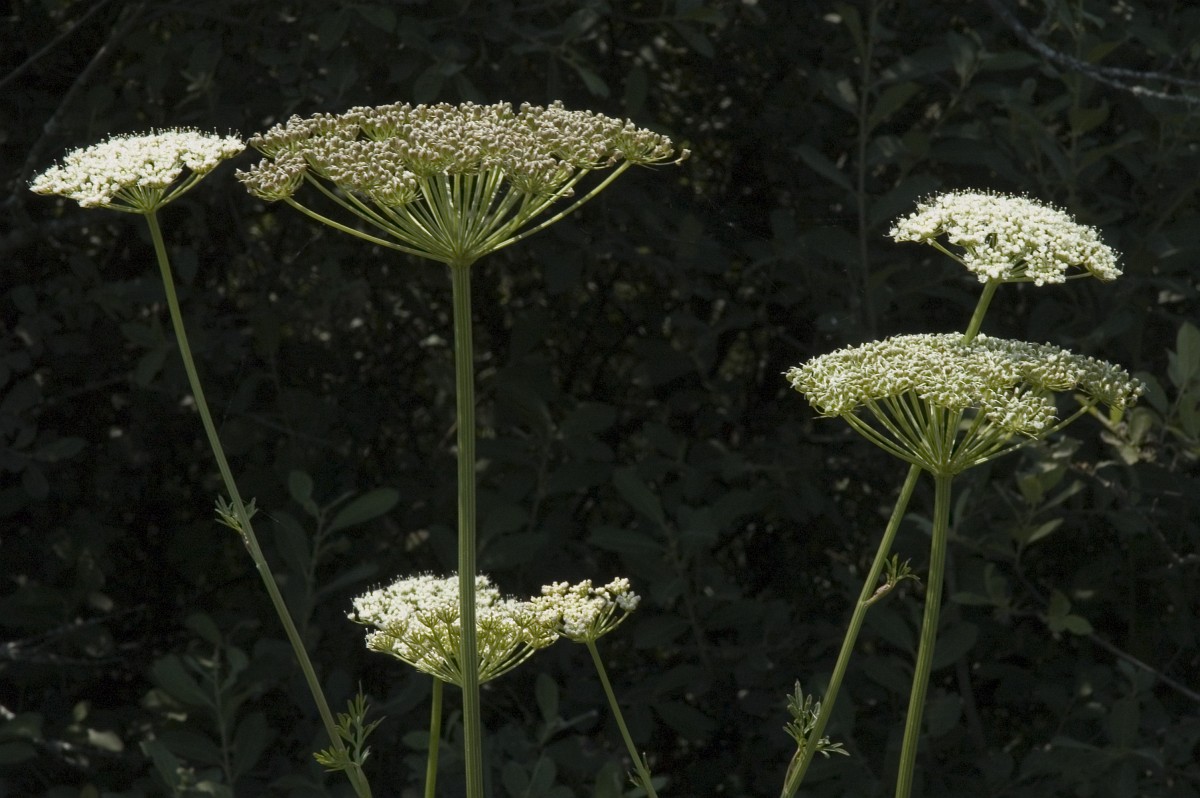 |  |  |   |  |
  |  |
Height from 60-125cm. The stem is erect, hollow, grooved. The stem is branched. The leaves are tufted, forming a triangular outline. The upper leaf stalks form a sheath at the stem. Flower clusters at the ends of the stem and branches. The flowers are small, white, can be pink when not in bloom. Blooms from July to September.
The plant grows in swamps, Milk-parsley and among various bushes. In Latvia, the plant is found throughout its territory.
For medicinal purposes, the leaves of the plant are collected in August-September and the roots of the plant in early spring or late autumn. The roots have a peculiar sweet strong smell and unpleasant taste.
The plant is little studied, but the roots of the plant are known to contain essential oils (<2%), furocoumarins (peucedanin and umbelliferone).
Medicinal significance
For medicinal purposes, the plant is used as a pain reliever, anti-inflammatory, expectorant and anti-epileptic agent. Plant preparations stimulate sweat and digestive glands. Due to the furocoumarins present in the plant, it is considered as a promising plant for the treatment of oncological diseases.
In folk medicine, in addition to the mentioned, the plant is also used to relieve headaches, treat insomnia, and upper respiratory tract diseases. To relieve pain and reduce inflammation in gout and rheumatism. Used to increase the secretion of sweat and digestive glands. Rinse the mouth cavity to reduce toothache, rinse wounds to prevent the risk of infection.
